Awamori is a traditional distilled liquor that represents Okinawa. This long-cherished drink is made using a unique production method and develops a deep flavor through aging. One of its attractions is the variety of ways it can be enjoyed, such as mixed with soda or water. Okinawa also offers Awamori brewery tours where visitors can learn about the production process and enjoy tastings. In this article, we will take a closer look at the charm of Awamori, recommended ways to drink it, and places where you can experience it.
* This article is intended to introduce Awamori and does not promote alcohol consumption or sales.
* Underage drinking is prohibited (The legal drinking age in Japan is 20).
* Drinking alcohol during pregnancy or while breastfeeding may have negative effects on fetal and infant development.
*By purchasing or reserving products introduced in this article, a portion of the sales may be returned to FUN! JAPAN.
✈️Book your flight with NAVITIME Travel! 👉 Click here
😄Make your trip to Japan even smoother with NAVITIME eSIM! 👉 Click here
What is Awamori? How is it Different from Shochu?
What Kind of Alcohol is Awamori? Ingredients and Production Process
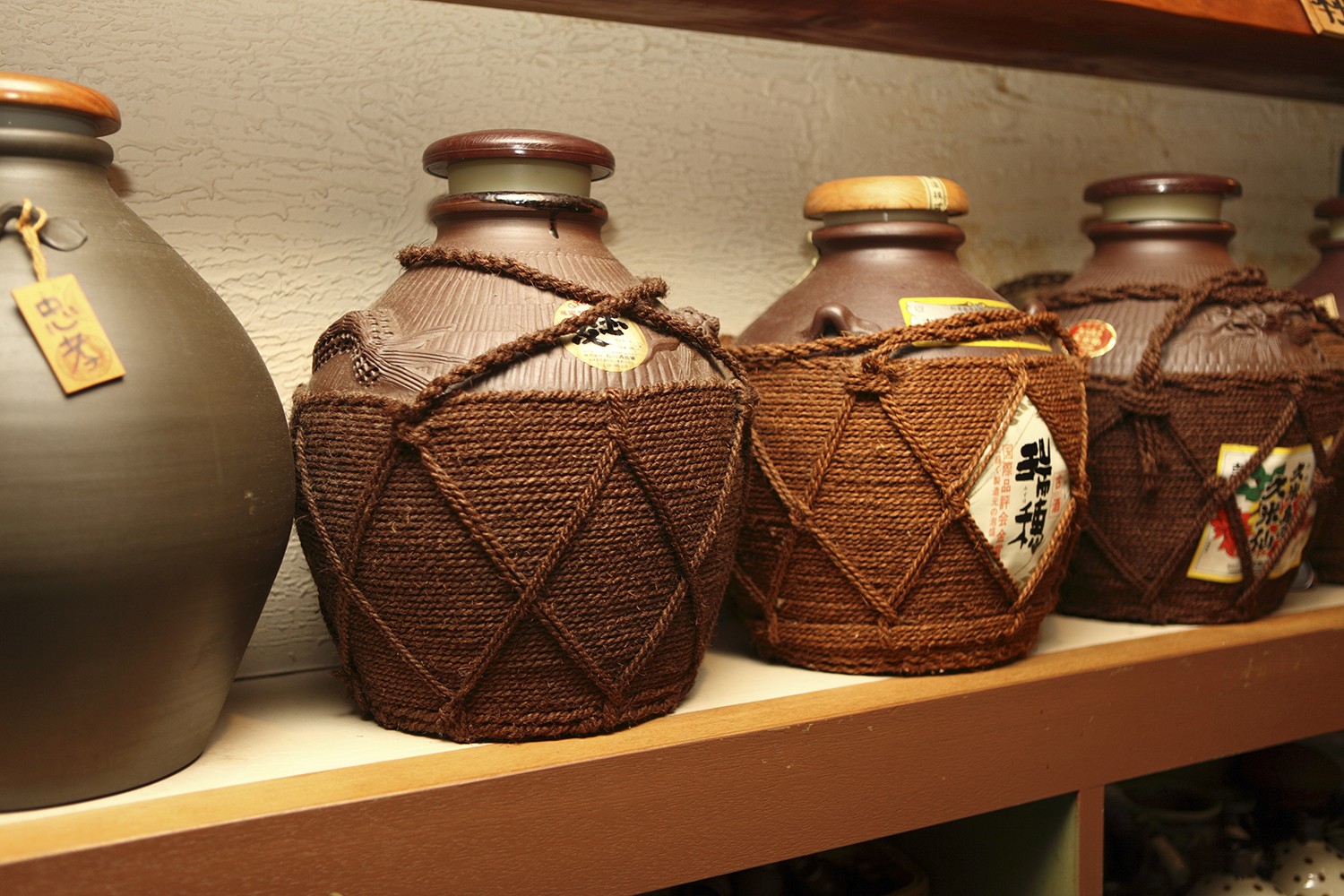
Awamori is a distilled liquor unique to Okinawa and is said to be the oldest distilled spirit in Japan. Like Shochu from mainland Japan, it is made through distillation, but the ingredients and production methods differ, giving Awamori its distinctive aroma and deep flavor.
Ingredients of Awamori
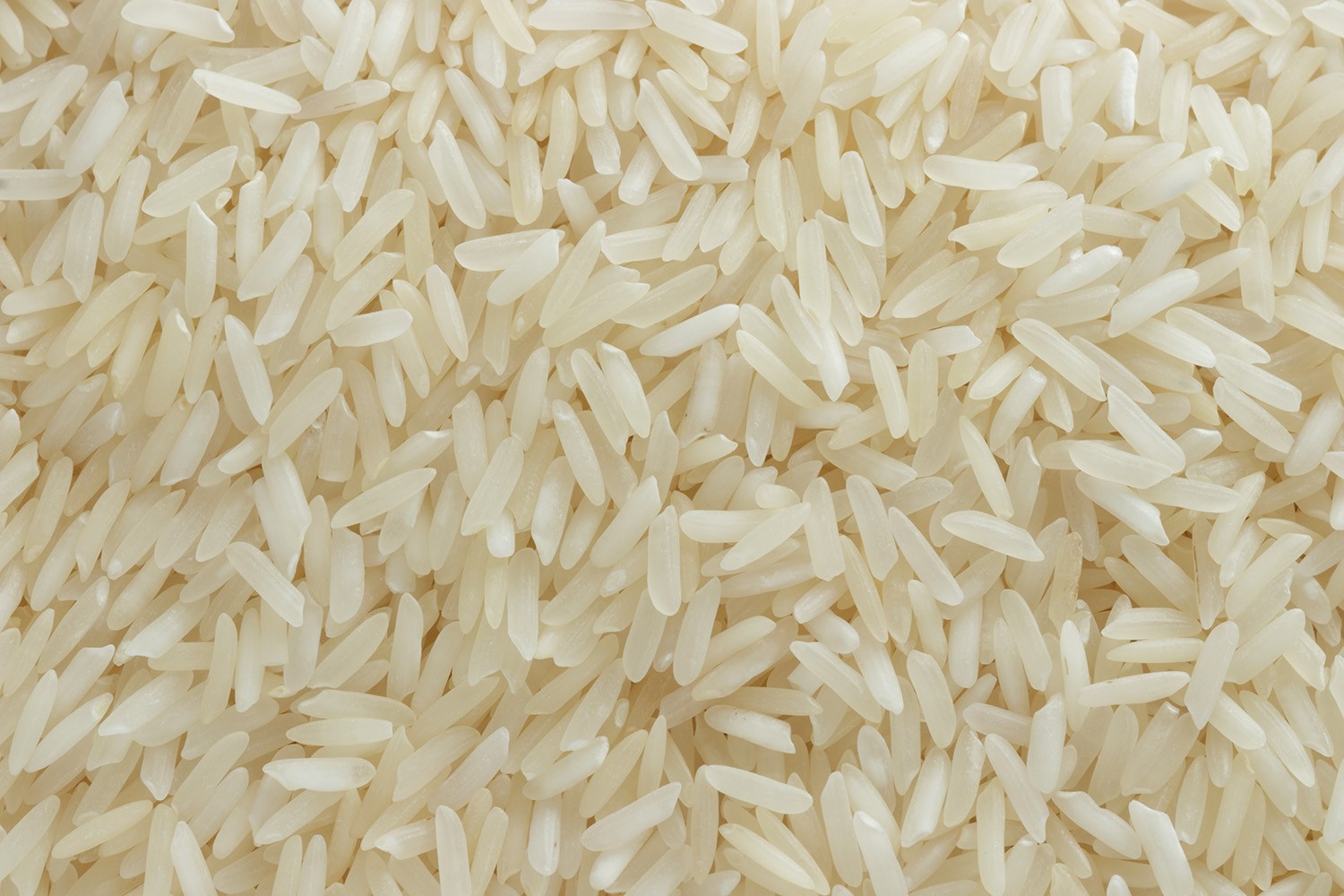
Awamori is primarily made using Thai rice (Indica rice), except for a few select brands. Compared to the sticky Japanese rice, Thai rice is harder and drier, making it ideal for producing rice malt (koji). This characteristic plays a key role in creating Awamori’s unique fragrance and flavor.
Awamori Production Process
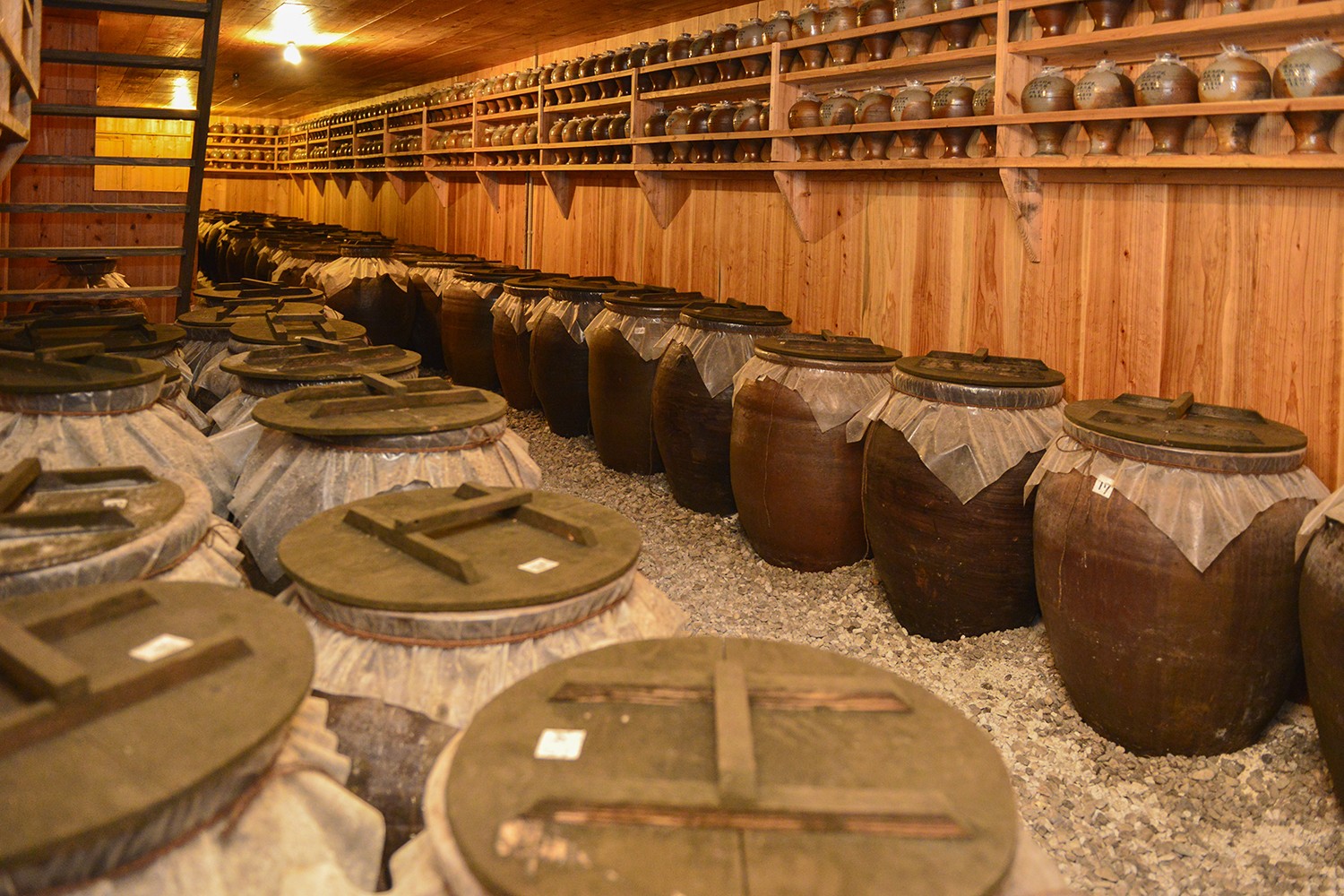
The production process of Awamori follows these steps:
Washing & Soaking the Rice: The rice is washed and soaked in water to absorb moisture.
- Steaming the Rice: The soaked rice is steamed in a steamer.
- Koji Making: The steamed rice is cooled, and black koji mold is sprinkled over it. The mold breaks down the rice starch and turns it into koji rice.
- Fermentation: Water and yeast are added to the koji rice, initiating alcohol fermentation.
- Distillation: The fermented mash is distilled using a pot still, extracting high-alcohol Awamori base liquor.
- Aging & Maturation: The distilled Awamori is stored and aged in ceramic pots or tanks.
- Dilution & Adjustment: Water is added to adjust the alcohol content.
- Bottling: The Awamori is bottled and shipped as a final product.
How is Awamori Different from Shochu?
Both Awamori and Shochu are distilled liquors, but their ingredients and production methods vary, giving them distinct characteristics.
First, Awamori is typically made from Thai rice (Indica rice), whereas Shochu can be made from various ingredients such as rice, barley, sweet potatoes, buckwheat, and corn.
Another key difference is the type of koji mold used. Awamori exclusively uses black koji mold, which produces a high amount of citric acid during fermentation, preventing spoilage in Okinawa’s warm climate. In contrast, Shochu can be made with black, white, or yellow koji mold, with white koji mold being the most commonly used in Kyushu Shochu production.
The fermentation and distillation methods also differ. Awamori uses a technique called "zen-koji shikomi" (all-koji fermentation), where all the rice is turned into koji before fermentation. It is then distilled at normal atmospheric pressure (atmospheric distillation), which enhances its depth and richness in flavor.
On the other hand, Shochu is usually made through a "secondary fermentation" process. First, a "primary fermentation" is conducted by adding water and yeast to koji, followed by a "secondary fermentation," where the main ingredients like sweet potatoes, barley, rice, or buckwheat are added. Additionally, Shochu is often distilled under reduced pressure (vacuum distillation), resulting in a cleaner, lighter taste.
Delicious Ways to Enjoy Awamori
Awamori can be enjoyed in many ways—on the rocks for a pure taste, or mixed with water, hot water, or soda to bring out different flavors.
1. On the Rocks
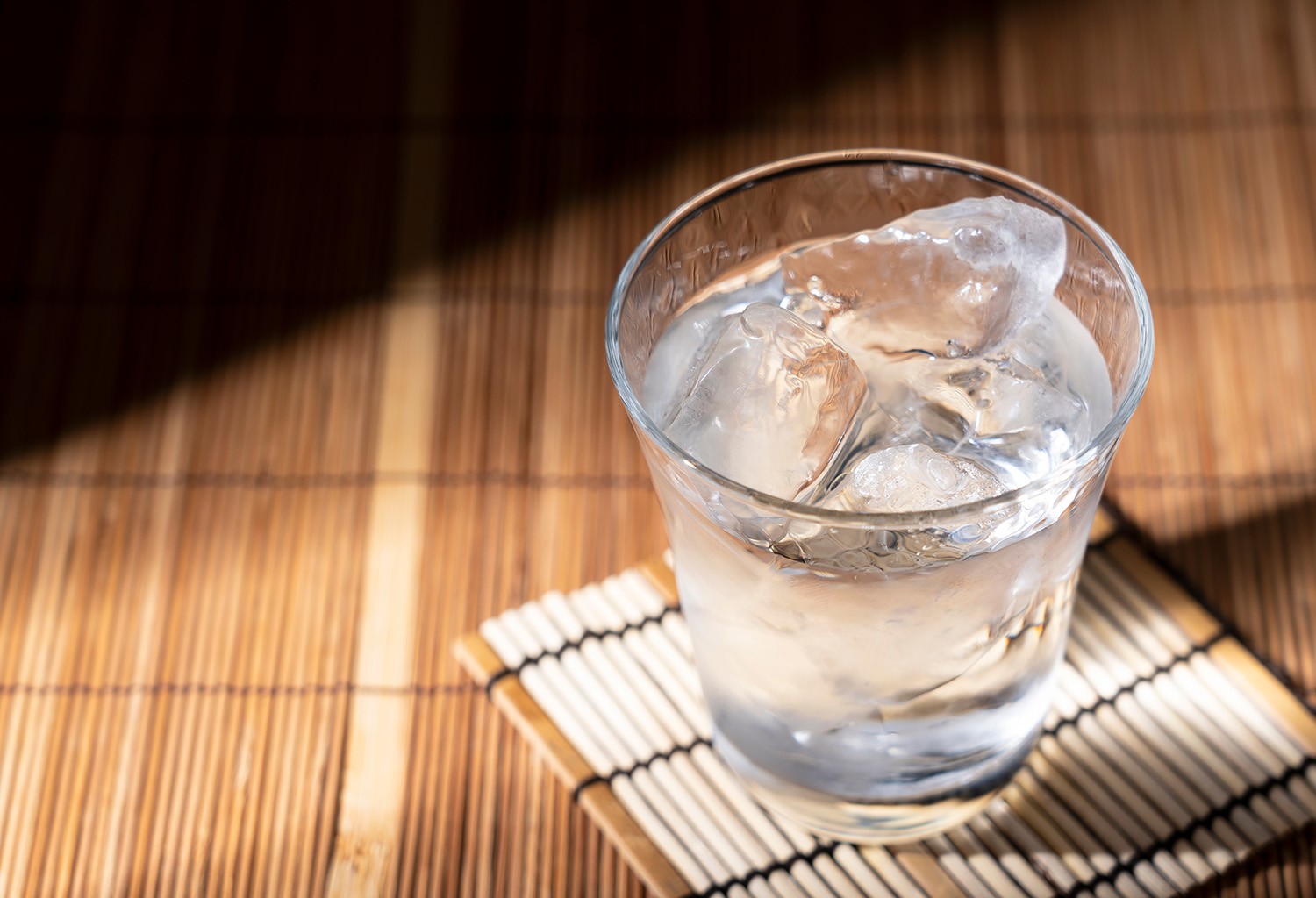
*The photo is an image.
Drinking Awamori on the rocks is recommended for those who want to fully appreciate its rich aroma and depth. Simply place a large ice cube in a glass and pour your desired amount of Awamori over it. As the ice slowly melts, the flavors gradually change, adding to the experience.
2. With Water
Mixing Awamori with water is a classic Okinawan way to enjoy it. It pairs well not only with Okinawan cuisine but also with Japanese, Chinese, and other dishes.
The method is simple, but a little technique can enhance the taste. First, fill a glass with plenty of ice and stir with a muddler to chill it. Pour Awamori until the glass is about half full. Then, add water and stir well before drinking.
3. With Soda
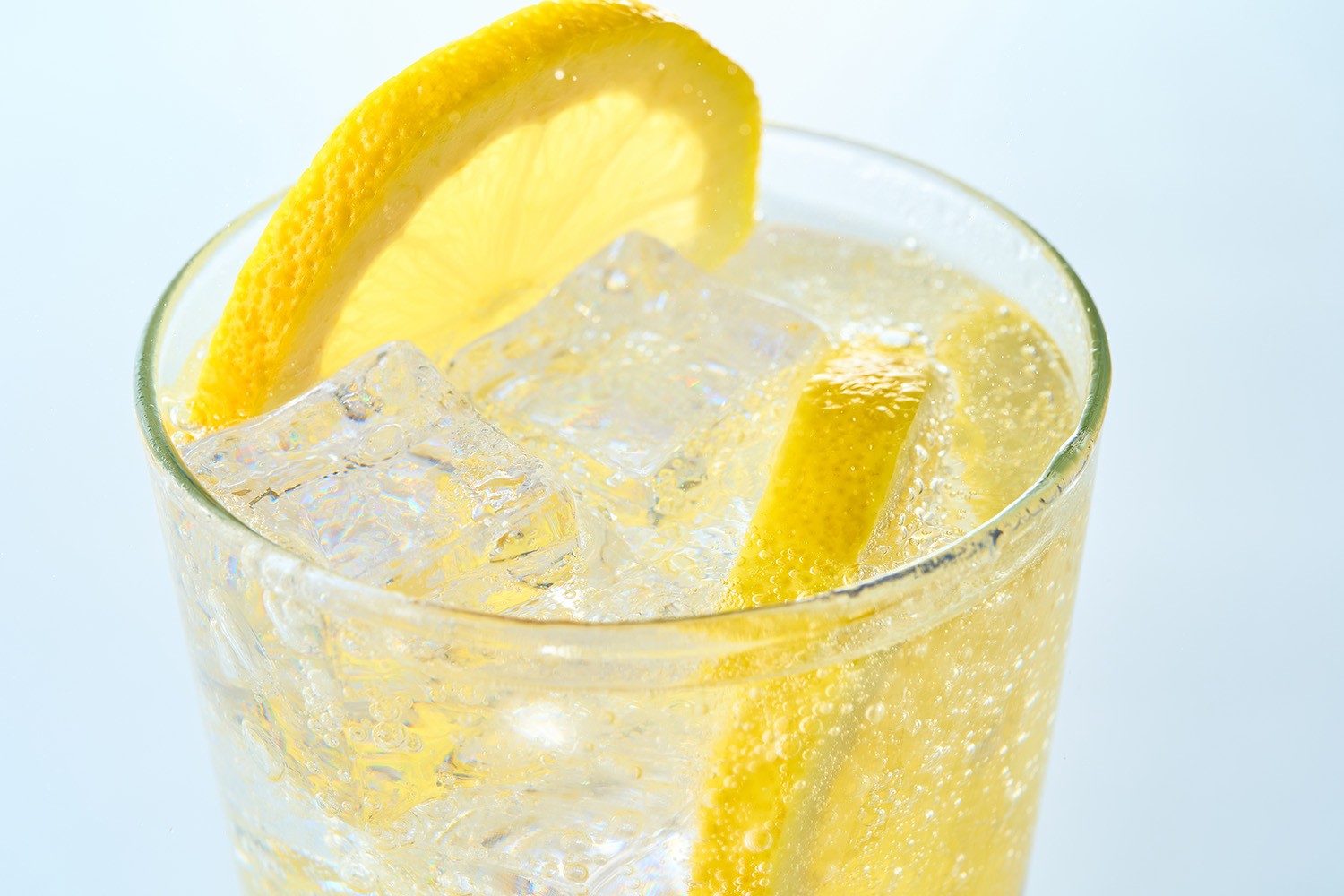
Mixing Awamori with soda enhances its natural richness while making it a refreshing choice for hot days.
To prepare, place a slice of lime at the bottom of a glass and fill it with ice. Pour in an appropriate amount of Awamori, followed by soda water. Stir gently with a muddler. Making it slightly lighter than a water mix creates a more refreshing feel. You can also use tonic water or ginger ale for a different twist.
4. With Hot Water
Mixing Awamori with hot water allows the aroma to rise with the steam, providing a comforting warmth on cold days.
The order and ratio of pouring Awamori and hot water affect the final flavor. If you want to enhance the aroma, pour hot water first, then add Awamori. Adding citrus fruits like lemon can give it a refreshing and fragrant twist. Try different styles to find your preferred way to enjoy Awamori with hot water.
5. Cocktails
Awamori is versatile and pairs well with juices and even black coffee, offering many creative mix options. When mixed with mango or pineapple juice, it creates a tropical and fruity cocktail.
To make one, fill a glass with plenty of ice and stir with a muddler to chill it. Pour in your choice of juice or coffee, then add Awamori and mix lightly. Citrus juices, guava, and other tropical flavors are great matches. You can also try mixing it with oolong tea, green tea, or even milk. Experiment with different combinations to discover a new way to enjoy Awamori.
You Can Also Visit Awamori Distilleries! Recommended Tours
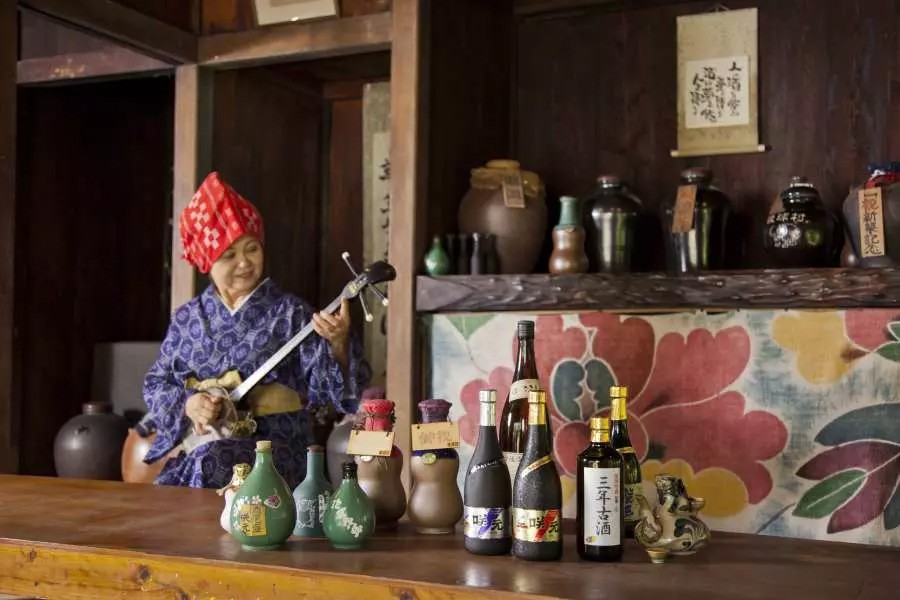
Copyright: kkday
In Okinawa, you can enjoy tours of Awamori distilleries. These tours offer a chance to learn about Awamori production while exploring Okinawa’s history and culture. Brewery staff guide visitors through areas normally closed to the public, providing an up-close look at the distillation process. Some tours even offer pairing experiences with Awamori and traditional Okinawan cuisine in a historic house. Additionally, you can purchase exclusive distillery-only Awamori as a souvenir. This is a rare opportunity to deepen your appreciation for Awamori.
3 Recommended Places to Enjoy Awamori in Okinawa
(1) Sosaku Kushiage (Skewer) Ten
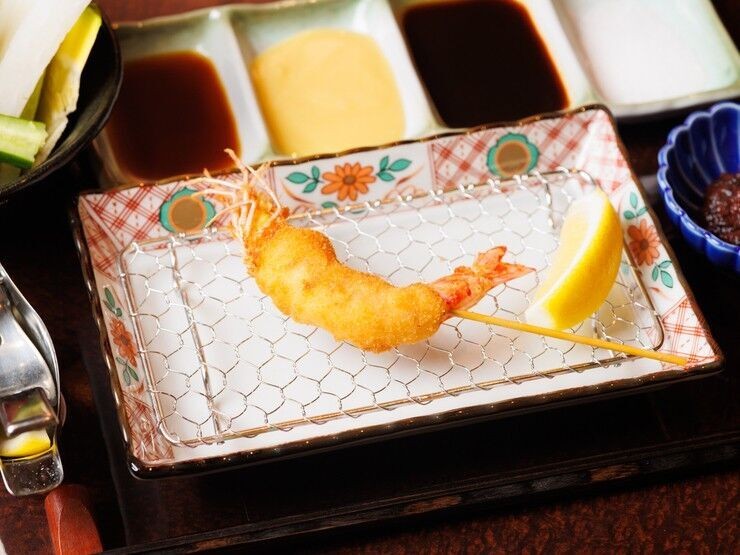
This restaurant specializes in creative kushiage (deep-fried skewers) made with simple yet flavorful ingredients from Miyako Island. Their courses include a selection of seasonal vegetables served with bonito and plum dip, followed by vegetable, seafood, and meat skewers, as well as unique chef's recommendations. As a palate cleanser, they offer Okinawan cold noodles. After enjoying plenty of kushiage, they offer a set of Okinawan mixed rice 'Jūshī,' miso soup made with Miyakojima's red miso, and pickles. For dessert, enjoy Miyakojima sherbet. The restaurant also carries a variety of Awamori from Miyako Island, making it a perfect place to enjoy local flavors in a refined atmosphere.
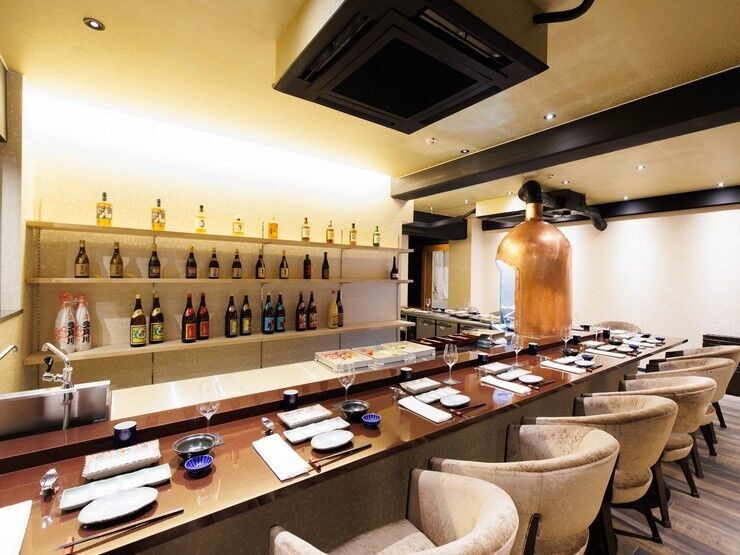
Sosaku Kushiage Ten
Address: 13-1 Nishizato, Hirara, Miyakojima, Okinawa (K&G Nishizato 3F)
- Access: 5-minute walk from Hirara Port bus stop, 15-minute drive from Miyako Airport
- Hours: Tue–Sun & holidays, 5:30 PM – 10:30 PM (L.O. 9:30 PM)
- Closed: Mondays
- Average Budget: ¥6,000 for dinner (course price estimate; à la carte options available)
(2) Shabu-shabu Kon Kou Higashimachi Main Branch
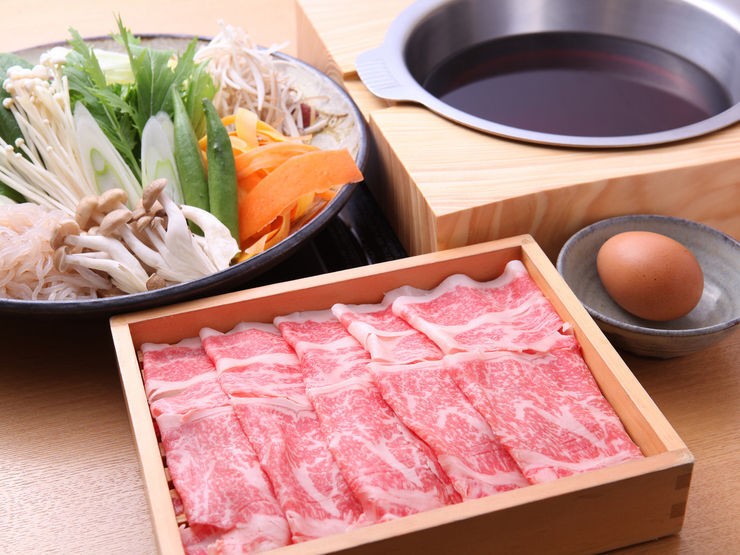
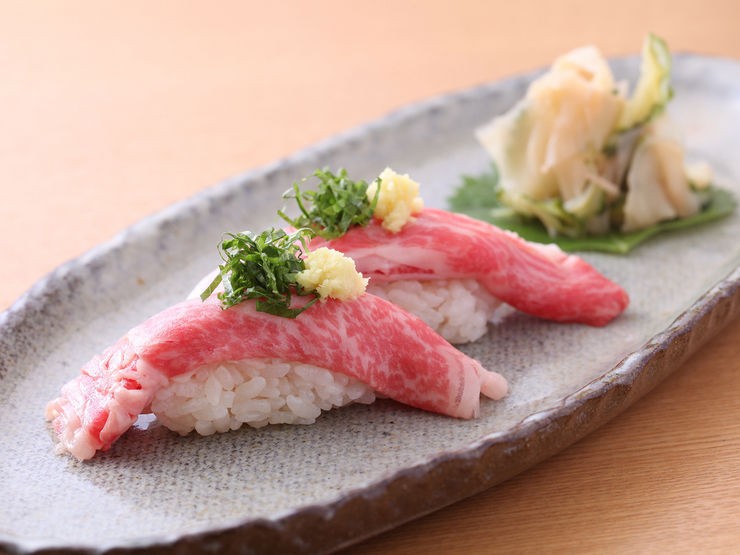
Located in Naha, this shabu-shabu specialty restaurant focuses on high-quality Okinawan ingredients. Their signature dishes include shabu-shabu made with Okinawa's native "Agu pork" and "Okinawa Wagyu Sukishabu," where you can savor the true flavors of wagyu beef. Thanks to whole-hog sourcing, they offer various cuts of Agu pork with different textures and fat content. The restaurant also prepares fresh "Kumejima Aka-dori" chicken in-house and serves premium Okinawan beef such as "Ishigaki Beef" and "Yanbaru Beef" (A3–A5 rank). Conveniently located just a 3-minute walk from Asahibashi Station on the Yui Rail and a 10-minute drive from the airport, it is a great spot for visitors looking to experience authentic Okinawan cuisine.
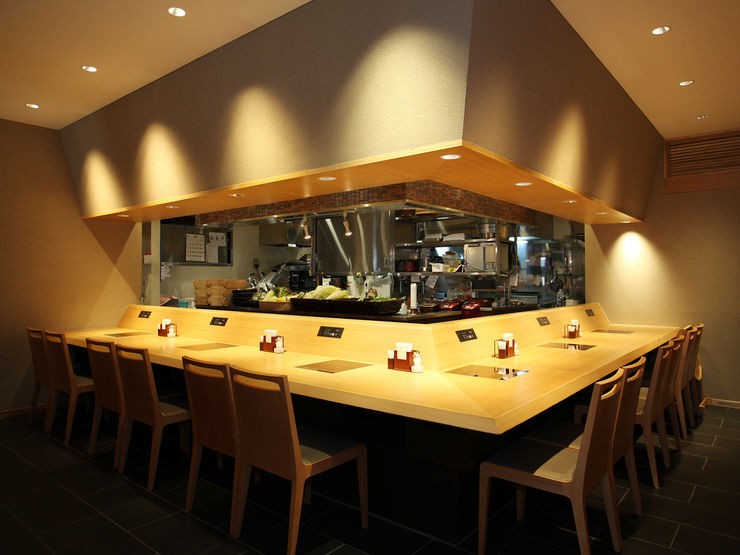
Shabu-shabu Kon Kou Higashimachi Main Branch
Address: 19-25-1F Higashimachi, Naha, Okinawa
- Access: 3-minute walk from Asahibashi Station (Yui Rail); look for the large "Kon" sign
- Hours: 11:00 AM – 10:00 PM (L.O. 9:00 PM); Lunch 11:00 AM – 2:00 PM (L.O. 2:00 PM)
- Closed: Open daily (even during typhoons)
- Average Budget: ¥8,000 for dinner, ¥2,500 for lunch
③ THE TACORICE HOUSE
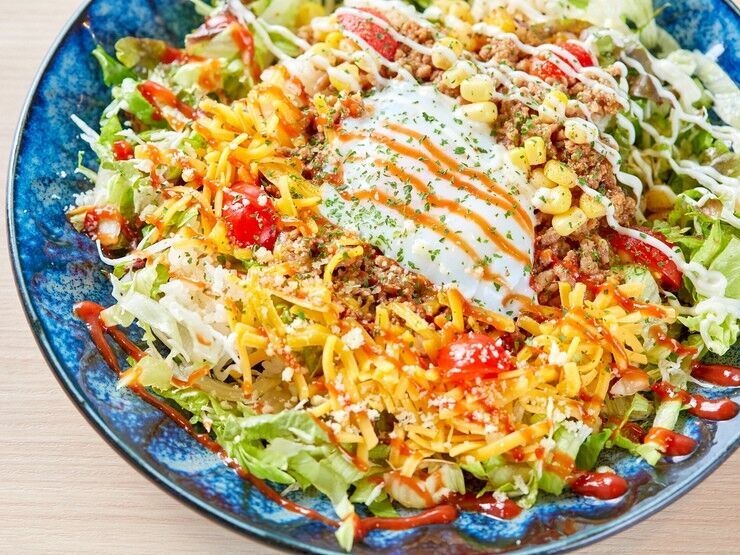

"THE TACORICE HOUSE" is a popular delivery-only restaurant that has now opened its first physical location. Here, you can enjoy authentic taco rice with a variety of flavors. In addition to the classic spicy taco meat, there's also a Japanese-style version with a rich butter soy sauce flavor. You can even try both at once with the "Half & Half Taco Rice." The key to the delicious flavor lies in the handmade taco meat and salsa sauce, carefully crafted from scratch. There are also plenty of topping options, including "Homemade Soki" (Okinawan-style braised pork), allowing you to customize your dish just the way you like. If you order in advance for takeout, your meal will be ready without the wait.
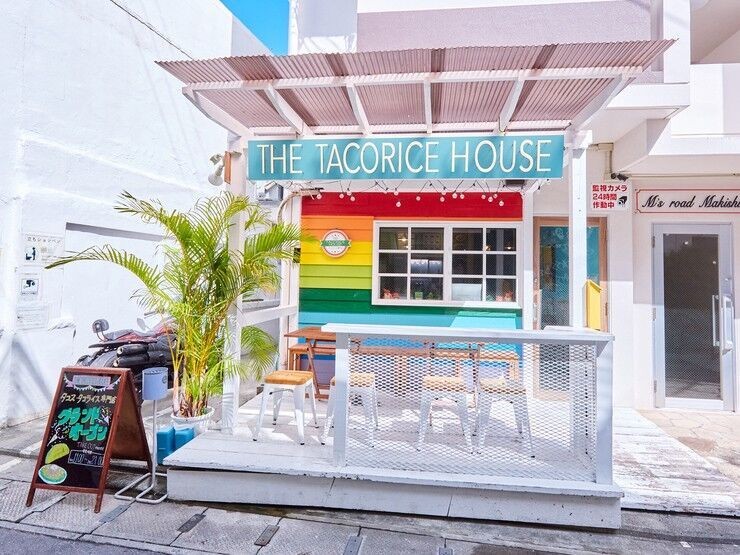
THE TACORICE HOUSE
Address: M's road makishi 101, 3-11-12 Makishi, Naha, Okinawa
- Access: Get off at Makishi Station and head toward the Prefectural Office. Turn left at the "Ryugu Street" sign, pass through the Yatai Village, and turn right at the first intersection.
- Hours: Weekdays, Saturdays, Sundays, and Holidays
- 09:30–15:30 (L.O. 15:15)
- 16:30–22:00 (L.O. 21:30) Closed from 15:30 to 16:30 for a break.
- Closed: Irregular holidays
- Average Budget: ¥1,200
< References>
・What is Awamori (AWAMORI OKINAWA JAPAN) https://okinawa-awamori.or.jp/awamori/
・ How to drink awamori deliciously? A thorough explanation of how to choose and the difference from shochu! (Oriental Hotels & Resorts) https://www.oriental-hotels.com/experience/99/
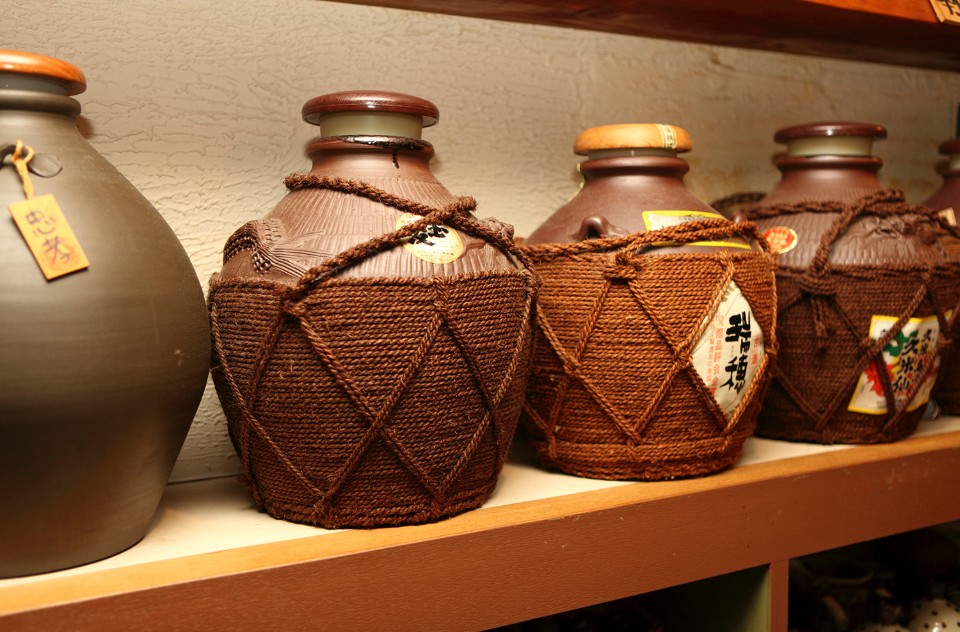
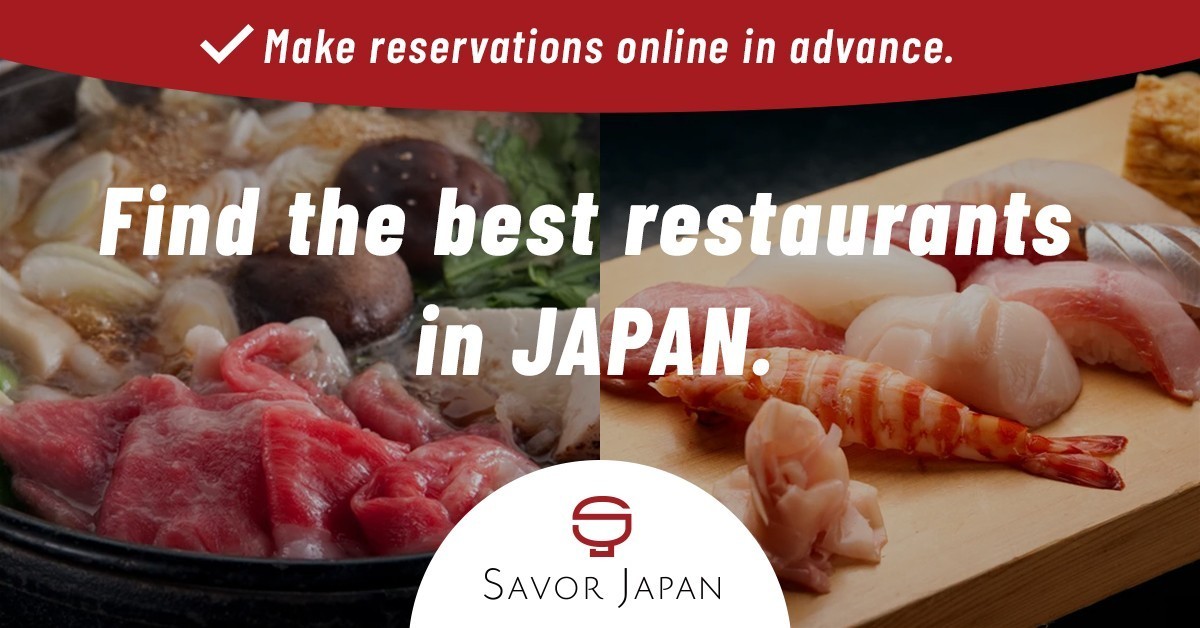



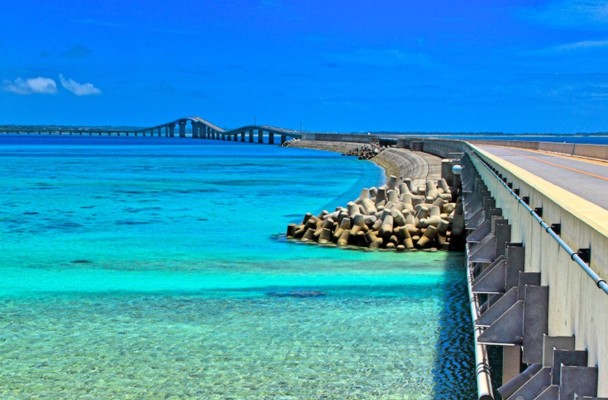
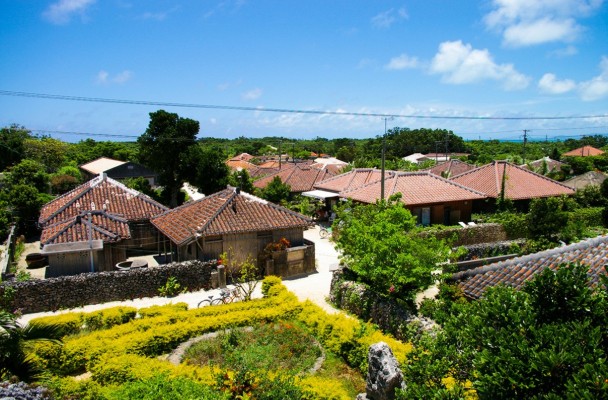
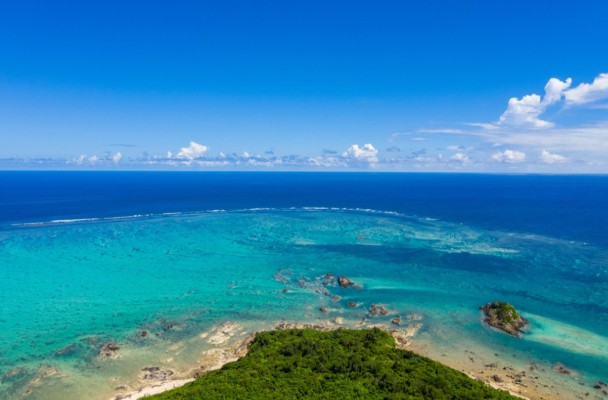
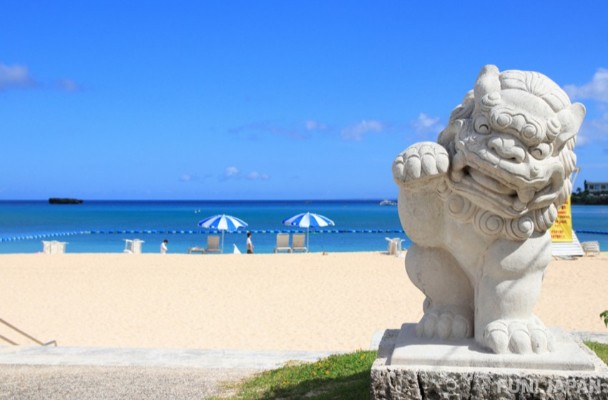

Comments